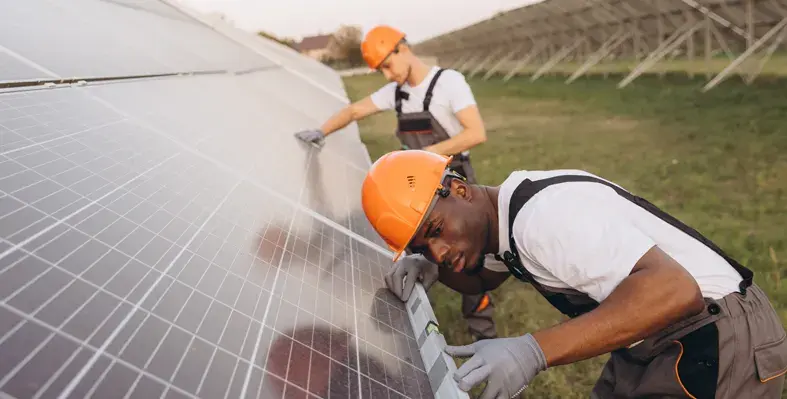Financing costs still remain a critical barrier to scaling up clean power in Africa, according to the International Energy Agency (IEA)
In a recent commentary, the IEA singled out Kenya and Senegal as two places where the high cost of capital is holding back energy development.
Power consumption in Africa is rising fast and IEA analysis estimates that meeting lofty energy targets would mean annual investment roughly doubling from US$110bn today to over US$200bn by 2030.
“As investment needs grow in the power sector – where projects tend to have relatively high upfront costs – financing becomes especially important,” the IEA commentary states.
“However, many African governments face challenges in financing clean energy projects due to public funding constraints such as high debt servicing costs.
“This, combined with limited financial market maturity and low domestic savings levels, results in a reliance on external funding for clean energy projects from development finance institutions (DFIs) or international private financiers.
“While DFIs can offer lower or concessional rates, private financiers often have to price in higher project risks, resulting in a high cost of capital. This makes it harder for projects to be considered bankable or provide affordable power to end users.”
The commentary — written by Emma Gordon, IEA energy investment analyst, and Alessia Sterile, IEA junior energy investment analyst — looks at how to overcome such barriers, with a focus on two key markets, Kenya and Senegal.
Despite clear interest from investors, the cost of capital for clean power projects in both countries remains high.
Lowering solar costs
For utility-scale solar projects, data suggests the weighted average cost of capital (WACC) in Kenya and Senegal is between 8.5% and 9% — compared to North America or Europe where rates are between 4.7% and 6.4%.
Nonetheless, Kenya and Senegal still see lower financing costs than South Africa and many other emerging territories, where the WACC is between 9.5% and 11%.
This is primarily due to the role of concessional capital, the IEA notes, with about half of the projects analysed in Kenya and Senegal funded by international financial institutions in the form of low-cost debt.
Most renewable power projects in Africa that relied on concessional finance used tools such as political risk insurance or guarantees to help lower risks for other investors. Nonetheless, even with these mechanisms, the perception of political or macroeconomic risks at the country level drove up borrowing costs.
According to the report’s authors, to reduce financing costs further different risks require tailored solutions, though there is some common overlap.
Current approaches to financing, which often involve a high proportion of foreign currency, can drive capital costs even higher.
In Kenya and Senegal, off-taker risks were among the top three sector-specific concerns reported for clean energy projects. In both, state utilities, Kenya Power and Senelec, act as the sole off-taker, and both have high debt levels, increasing risk of non-payment to power producers.
Notably, all Power Purchase Agreements (PPAs) in Kenya and Senegal covered by the IEA Cost of Capital Observatory were in hard currency, while clean energy projects typically earn revenue in local currency.
“Given the significance of off-taker risk, addressing concerns about potential non-payment by utilities is key to reducing capital costs,” the commentary states.
Using guarantees can help, though in the longer term governments can also work to improve the the financial health of utilities by implementing cost-reflective tariffs, improving collection rates or even supporting debt restructuring programmes.
Interest rates, the regulatory environment and expanding local currency lending may also help to ease the problem. Other financial measures and credit enhancement mechanisms such as currency hedging could also play a role.
“Investors often report a lack of bankable projects, implying more equity capital needs to be made available for projects in the early stages,” the report adds.
“Equally, an increase in grant funding and higher risk-taking from concessional providers, if paired with the relevant policy reforms and tailored approaches to structuring financing, are key to fostering an attractive environment for private investment.”
Read more: Renewables to meet almost half of global electricity demand by 2030






